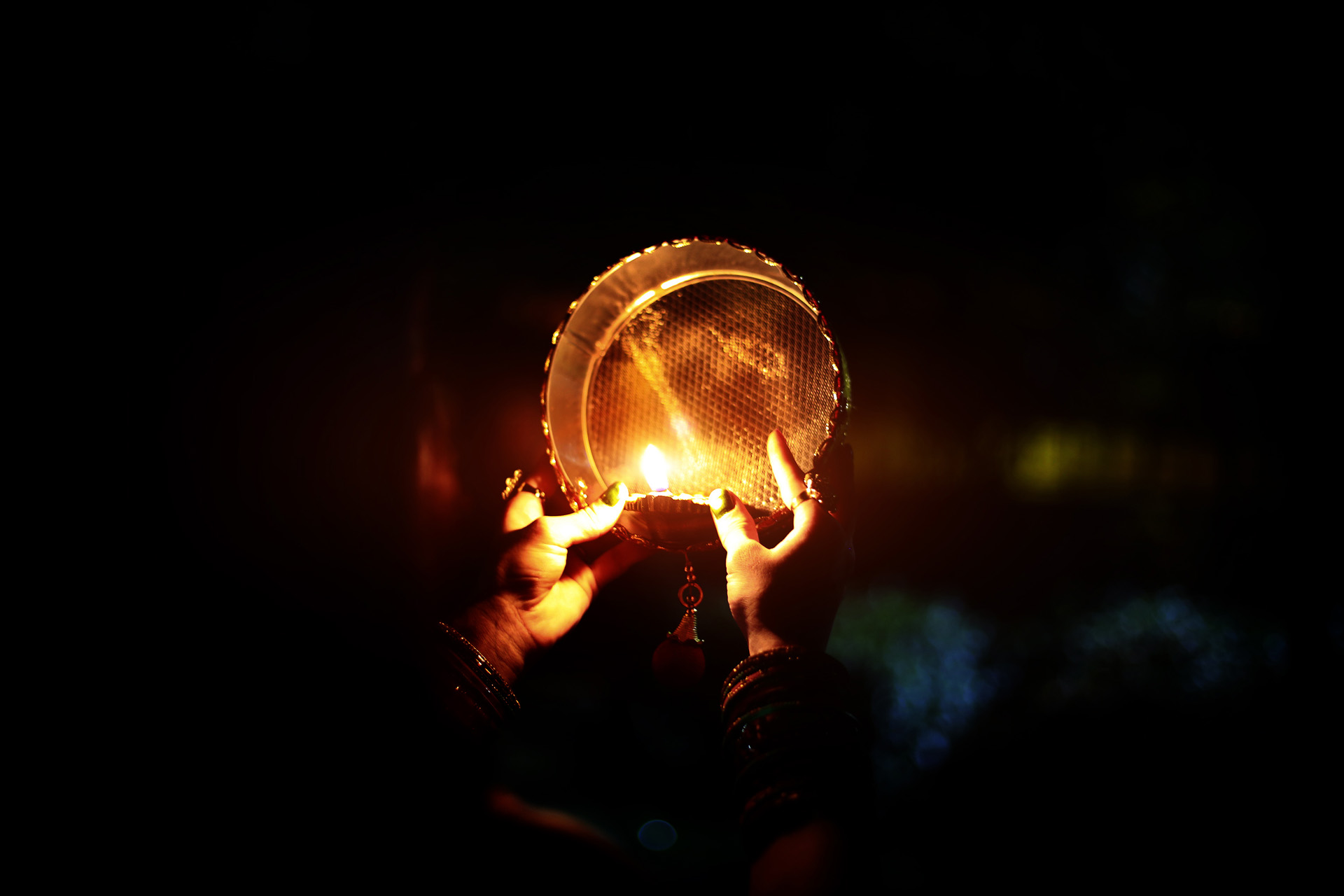The Hindu calendar is dotted with religious festivals and one of the most fundamental ritualistic accompaniments is the fast. The list is quite exhaustive; from Annapurna, to Navratras to karvachauth, naming barely a few which constitutes a miniscule portion of the fasting inventory. The term fast conjures images of austerities, especially in terms of food. Belief has it that a religious fast helps in the maturing of wishes and conquest of evil forces. With this in mind, let’s follow a slightly different trajectory, albeit in the realm of fast or vrat.
Consider this. From the gamut of fasts that exists in the Hindu tradition, can you think of any fast that is particularly observed by men and more importantly, for women in their lives? Before writing this piece, I had asked myself this question. Unfortunately, I couldn’t find any. Most of the fasts, (and I will clarify why I have used the word “most”) are carried out by women. To begin with, the Hindu fasting tradition has its roots not just in our mythology and Sanskrit scriptures but also in tribal customs and folk traditions. Over the years, however, there seems to have been a convergence of both the traditions. Call it syncretism, if you want; but somewhere Brahmanical rituals came face to face with tribal systems and what emerged in due course of time is a tradition that is an amalgamation of two different systems and customs. Of course differences between the two traditions exist. But I shall take the one that matters most, at least to support my argument, that Hindu fasting tradition, as it exists today, is highly gendered where the woman is stripped of her selfhood.
The main difference between the two traditions is that while in tribal customs, fasts were observed by both men and women, the fasts that are followed today are observed by women only. That does not rule out the fact that men do not participate or do not follow a fast; they may but it’s not mandatory. Whereas for women, it is “compulsory” to follow if they are to honour their roles that society has bestowed upon them by virtue of their gender. From getting a prospective husband, to praying for his immortality, from begetting children (to ensure social validation) to protecting the “marital” family from the “evil eye,” there is a fast for every need, every occasion, and every social mandate. Marriage and motherhood have been propagated as the twin ideals of Indian women. Look around you. From print advertisements to popular cinema, chick lit to television soaps and our very own, family functions. The gossip usually meanders around marriage or pregnancy with regards to women. And the messages settle in our collective subconscious in the form of the “normative” which is fuelled by an ever expanding beauty, medical and fitness industry.
This does not mean that fasts are only meant to fulfill these two goals. Rather, fasts are observed for a plethora of reasons; well being of family, wealth gain, business stability, disease prevention and cure, appeasing the gods and what have you. In brief, fasts are one of the routes taken to fulfill a wish. The other route is of performing pujas, (worship in a ritualistic manner). However, while the puja is performed by a male Brahmin priest, the fast is observed by the woman. She does not perform the puja but follows a vrat or a fast which actually means restraint. So she abstains from food, among a long list of rigid rules, in some occasions even water, deprives herself of all comforts while the male priest chants mantras, gets his remuneration along with specially cooked food and bids adieu.

One of the common factors that link almost all fasts is the abstinence from food. While fasting with its consequent negation of food becomes a dominant image of the “ideal” woman, feasting with an over-indulgence in food becomes symbolic of the “masculine” male. According to Victorian social codes, abstinence from food was regarded as the hallmark of “feminine” identity which was also essentially asexual. The Indian scene was no different. Going back to our epics, the Kaushalyas and the Sitas are depicted as observing religious rituals, in particular fasts, for the well being of their family, husband and children, specifically. Savitri of course epitomizes the image of the fasting woman who undertakes a rigid fast, performs austerities to save the life of her husband, Satyavan from the death curse of Lord Yama. Obedience and servitude supersede the self and its many desires, including the sexual. And the “ideal” gets manufactured on the principles of sacrifice and selflessness within the framework of marriage and motherhood.
As a society we may have travelled many centuries but the core remains unaltered. While we pay homage to our indological roots through the constant valorization of Sita and Savitri, the modern yet traditional woman, college educated, well travelled, donning designer accessories, observes austerities for the supposed well-being of her family. Many argue that “it’s only for a day” or “it’s okay as long as it’s not imposed upon,” etc., etc., etc. Fair enough. But how about questioning our tradition, its sources, challenging the norm which has made “social compulsion” masquerade as “choice,” (a word so popular in contemporary parlance)? I hear that many men support their wives by observing the same fast in an effort to make the day less uncomfortable. That sounds positive. But are our relationships, familial bonds so fragile that fasting becomes a mandatory measure of insulation, borne by the woman, alone? May be not. Chew upon this!
This article was first published in ourfrontcover.com

